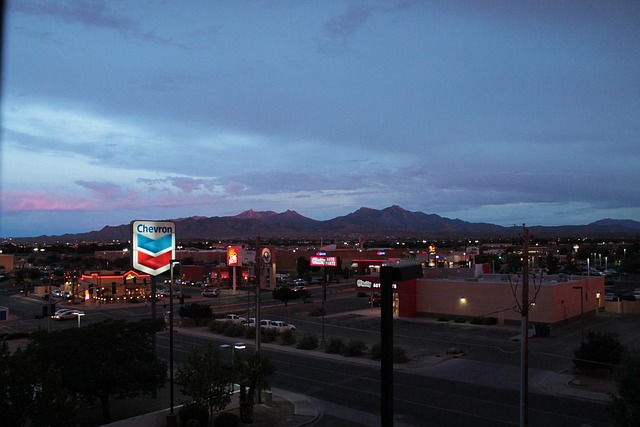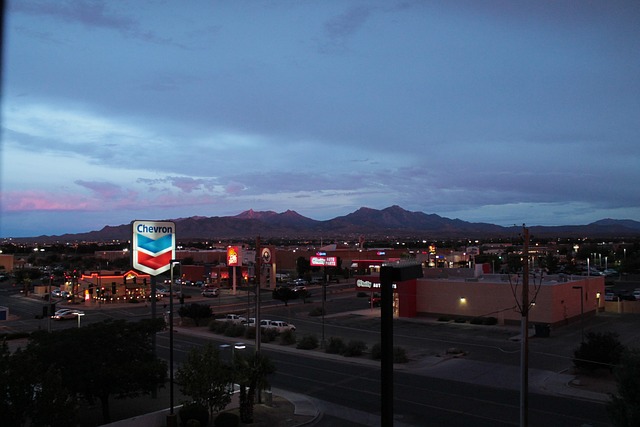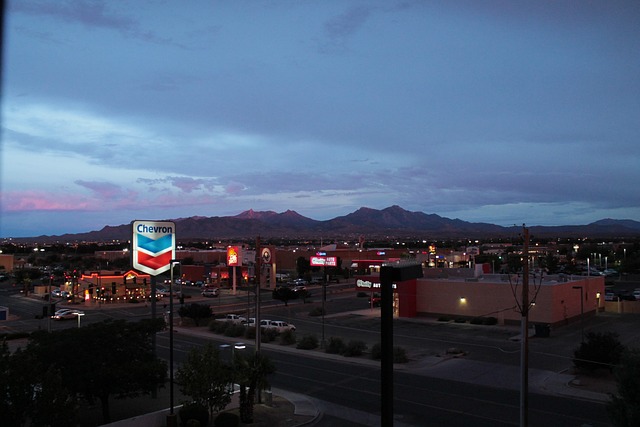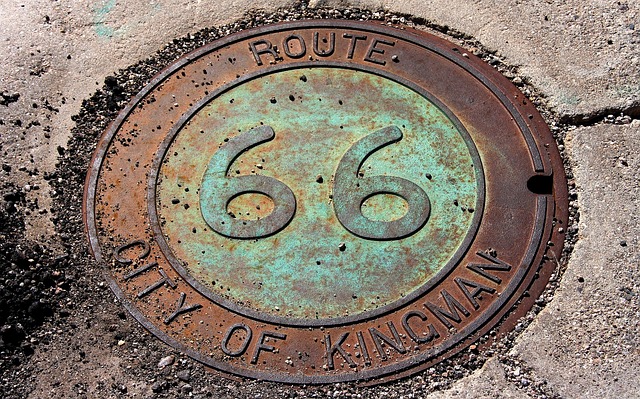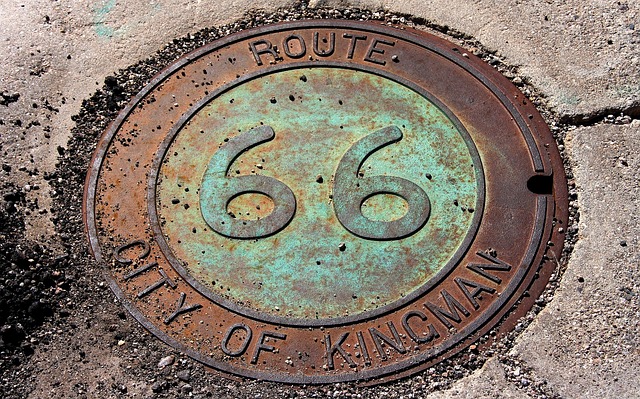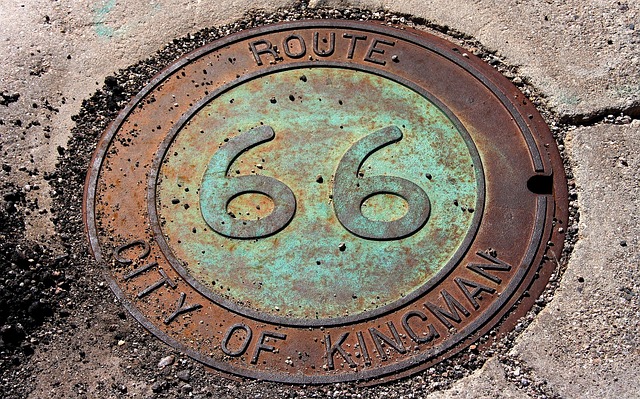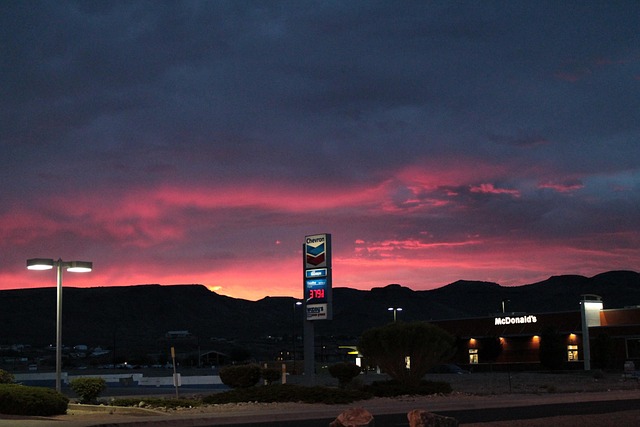Route 66, renowned as America's iconic "Main Street," has seen a surge in popularity as a tourist destination, reigniting interest in desert real estate. Its historical significance and charming allure have attracted investors seeking to develop accommodations, dining options, and local experiences catering to diverse travelers. This renaissance benefits local communities economically, fostering growth while preserving their cultural heritage through responsible tourism practices. By embracing sustainable development, these regions can ensure long-term prosperity, balancing tourism with the preservation of their unique desert character.
“Discover the captivating intersection of history, real estate, and tourism along Route 66 in the vast desert. This iconic highway, once a vital travel vein across America, has left an indelible mark on the landscape. Explore its historical significance as a connector of communities and cultures in arid regions. Uncover lucrative real estate opportunities sparked by its enduring allure. Finally, delve into how thriving tourism along Route 66 fosters community growth and shapes a sustainable future for these desert hubs.”
The Historical Significance of Route 66 in the Desert Landscape

Route 66, often hailed as the “Main Street of America,” holds immense historical significance in the desert landscape. This iconic highway, established in the early 20th century, connected major cities and facilitated travel across vast stretches of arid terrain. Its construction revolutionized real estate in the region, spurring development and economic growth along its path. Towns that once struggled to thrive saw an influx of travelers, leading to the establishment of motels, restaurants, and other amenities that defined the Route 66 experience.
The desert’s unique character became intertwined with this route, shaping its identity as a symbol of American adventure. The vast open roads, dramatic landscapes, and small, vibrant communities created a sense of freedom and exploration that resonated with travelers from all walks of life. This historical significance continues to draw modern-day adventurers, ensuring that Route 66 remains not just a road, but a cultural and economic backbone of the desert’s rich heritage.
Real Estate Opportunities Along the Iconic Highway

The iconic Route 66, often dubbed the “Main Street of America,” isn’t just a historical highway; it’s an avenue brimming with untapped potential for real estate ventures. As travelers flock to this legendary route, towns and communities along its path are experiencing a renaissance. The demand for accommodations, restaurants, and local experiences has led to a surge in real estate interest. Investors and developers are recognizing the strategic value of properties situated along Route 66, as it offers both historical appeal and a thriving tourist scene.
These real estate opportunities span various sectors, from classic motels and roadside cafes to modern amenities catering to contemporary travelers. The highway’s ability to draw visitors from around the globe presents a unique chance for investors to establish or renovate properties that blend nostalgia with modern convenience. With the right developments, Route 66 can continue to thrive as a vibrant travel hub in the desert, offering a diverse range of accommodation options that cater to every taste and budget.
Tourism and Community Growth: A Sustainable Future for Desert Hubs

The vibrancy of Route 66, a historic highway that once dominated travel across America’s heartland, has sparked a renewed interest in desert communities along its path. As tourists seek authentic experiences and a connection to the past, these remote hubs are experiencing a cultural resurgence. The influx of visitors not only brings economic prosperity but also fosters community growth and revitalizes local real estate markets. With carefully planned development, these desert travel hubs can thrive sustainably while preserving their unique charm.
Investing in infrastructure and promoting responsible tourism practices can attract a diverse range of travelers, from history enthusiasts to outdoor adventurers. By integrating eco-friendly accommodations and activities that respect the surrounding environment, these communities can ensure long-term prosperity without compromising their natural beauty. Such initiatives have the potential to create a harmonious relationship between tourism and local life, fostering a sustainable future for these desert travel hubs.
